In September, Hurricane Fiona left 950,000 Puerto Ricans without power. In response to this devastating event, the Federal Emergency Management Agency (FEMA) formed the Puerto Rico Power System Stabilization Task Force. This task force mobilizes the US Department of Energy, the US Army Corps of Engineers, and the Environmental Protection Agency (EPA) in a joint effort to revitalize Puerto Rico’s energy grid. The territory has faced widespread power outages in the wake of Hurricane Fiona as the result of systemic management problems which FEMA has sought to address.
Lingering disputes over renewable energy jeopardize the long-term future of Puerto Rico’s energy grid. The Puerto Rico Energy Public Policy Act mandates that 40% of Puerto Rico’s energy grid utilize renewable sources by 2025. However, a mere 3% of the territory’s energy currently comes from sustainable sources. This dependence on fossil fuels has disastrous environmental and economic impacts. Notably, the fossil fuel-powered electrical grid employs above-ground transmission lines vulnerable to storm weather.
As FEMA looks to stabilize Puerto Rico’s energy grid, it must also correct the poor management by the Puerto Rico Electric Power Authority (PREPA). PREPA facilitates the rebuilding of the territory’s power grid but has only spent $183 million of its $9.5 billion in obligated funds from 2017. Energy inaccessibility in the territory means that Puerto Ricans spend 8% of their income on electricity. In contrast, mainland Americans spend a mere 2.4% on this utility.
Before resolving these long-term issues, the agency first intends to pursue temporary measures. FEMA will establish barges and portable generators to restore energy generation. The federal government will fund 90% of the installation costs for these generators, which provide 600 to 700 megawatts of electricity. Based on recent estimates, this process will take two to three months.
In addition, FEMA plans to stabilize the power grid by deploying equipment and engineering services. Also, FEMA will expedite permits and legally empower local construction teams to repair critical infrastructure. According to Pedro Pierluisi, the Governor of Puerto Rico, these steps will “provide stability in the shortest possible time and thus be able to repair the system prior to the next hurricane season.”
Despite his support of FEMA’s efforts, Pierluisi offered numerous recommendations to improve the process. In a congressional hearing last week, he requested a 100% federal match for FEMA energy projects. Additionally, he hopes that FEMA will adjust fixed cost estimates for energy grid projects given supply chain disruptions and heightened construction costs. Pierluisi also proposed an amendment to the Stafford Act that would allow FEMA to consolidate disasters into a single award of federal aid. He argued that this would lessen FEMA’s administrative burden and make the recovery process more sustainable. Finally, Pierluisi urged Congress to direct $5 billion in disaster recovery funding for residential solar systems. He believes that this would help align the rebuilding of Puerto Rico’s energy grid with its environmental goals and “democratize access to renewable energy.”

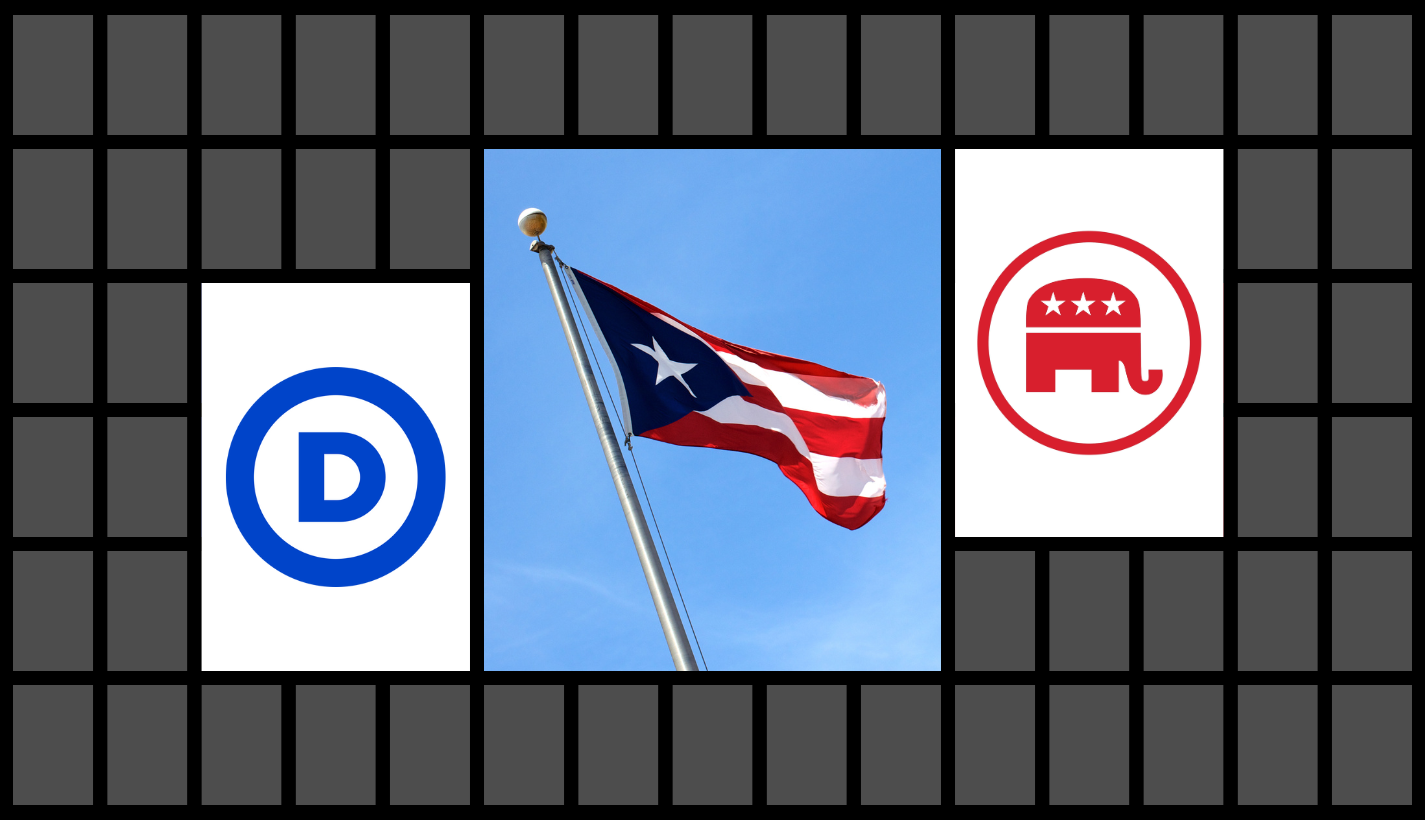
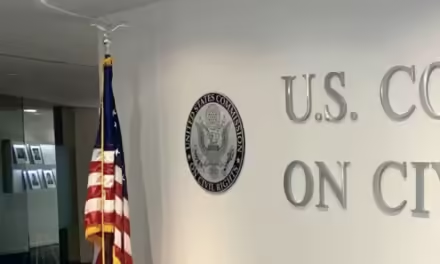
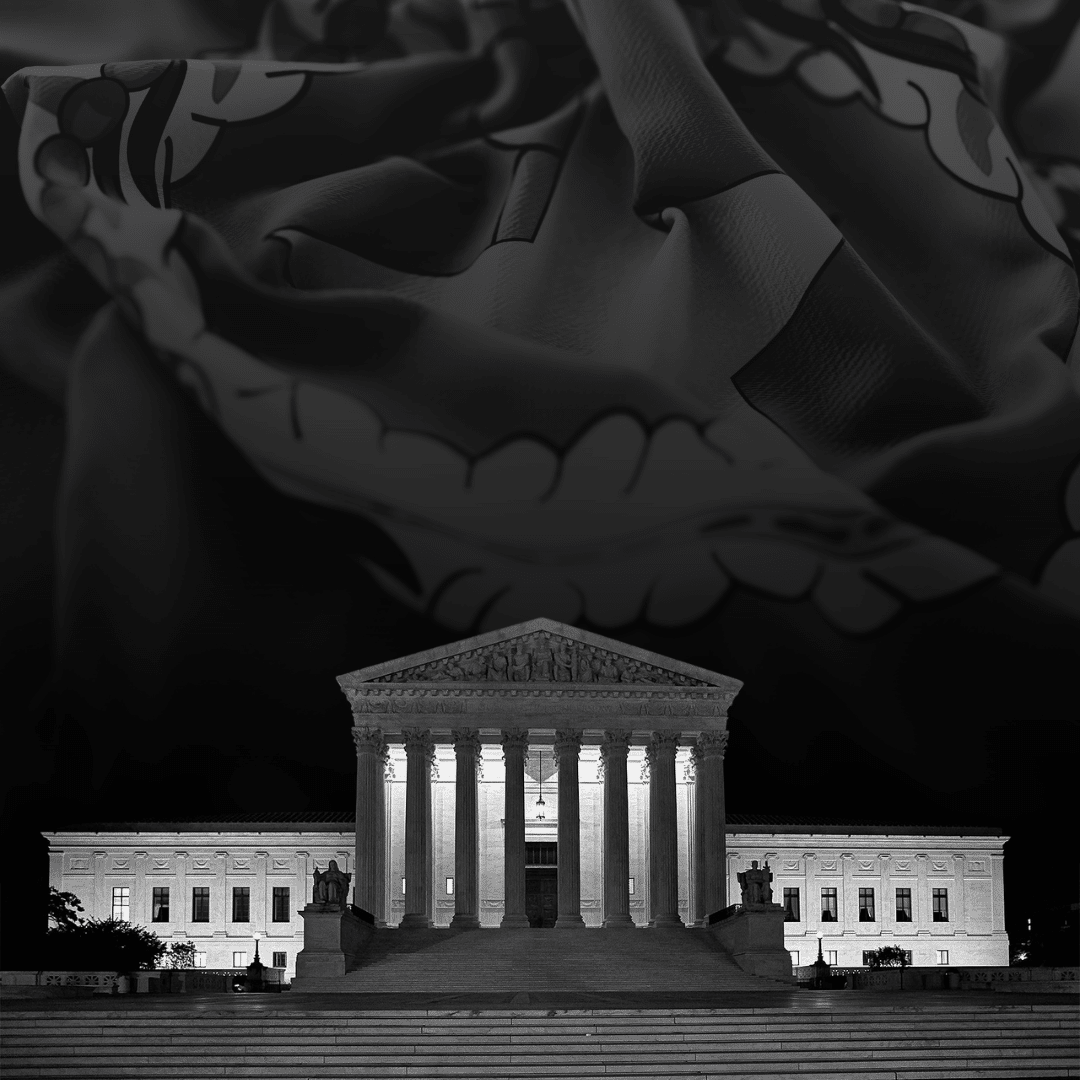
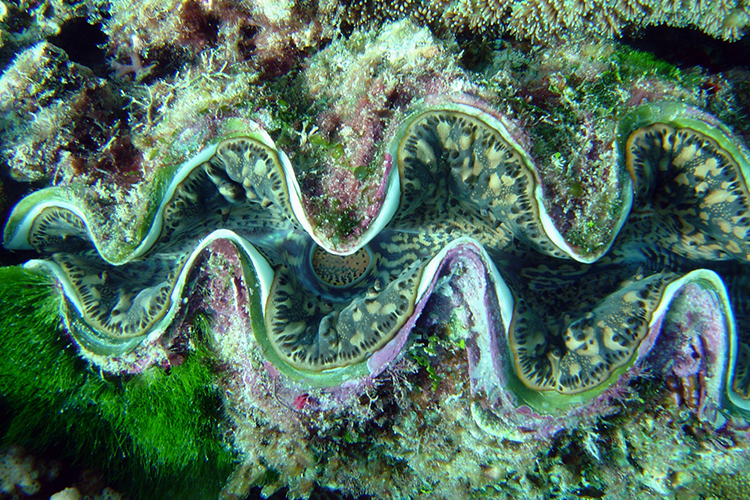
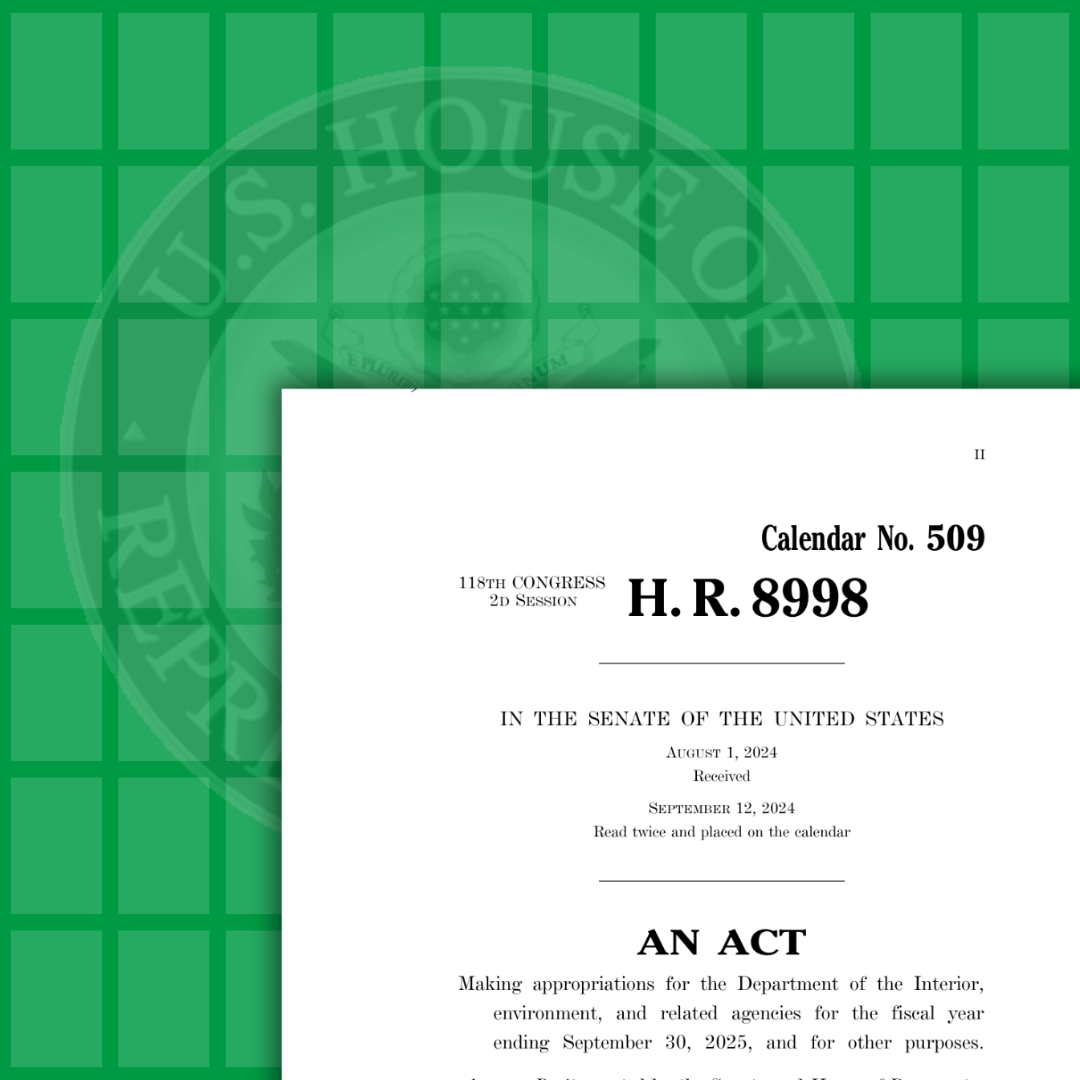
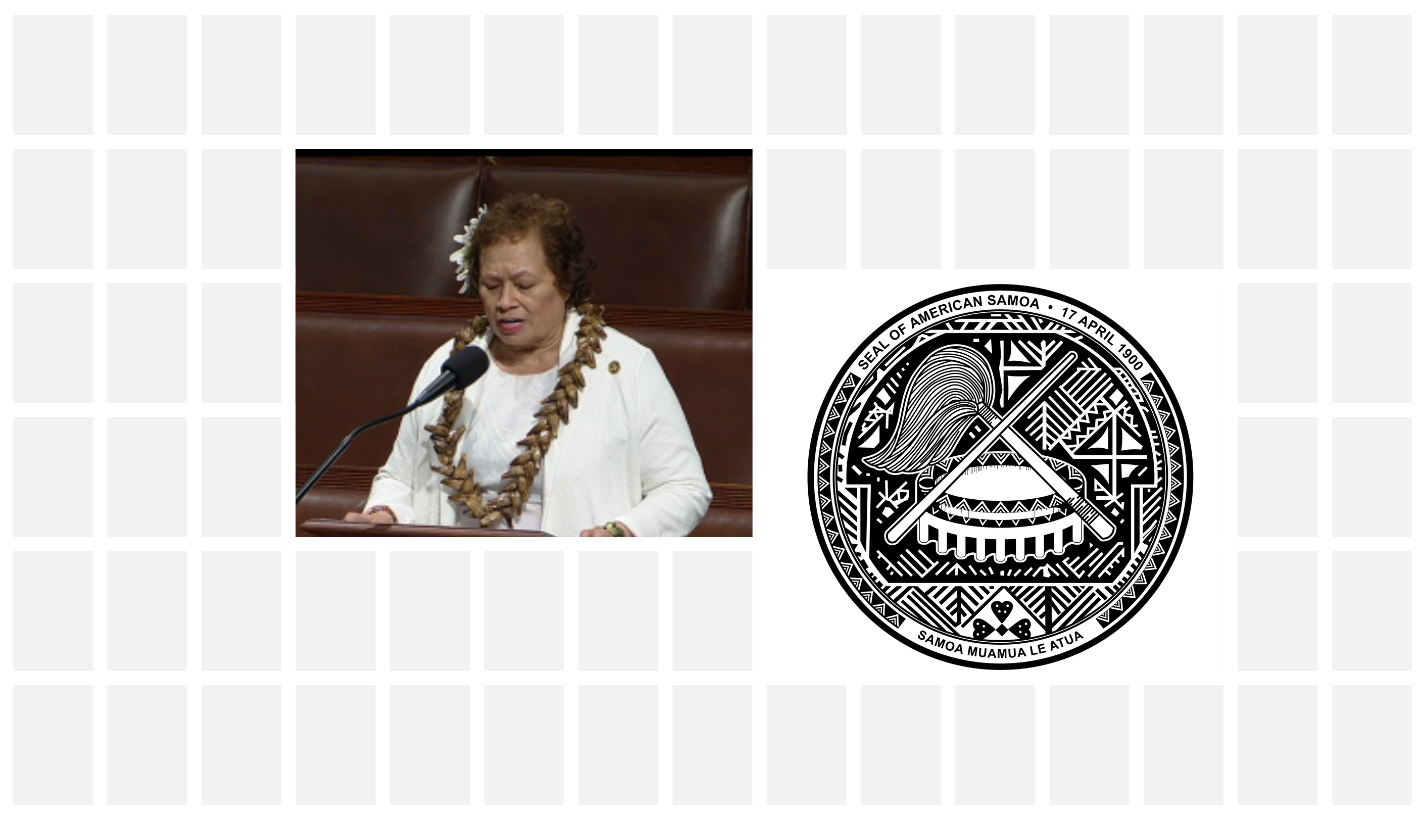
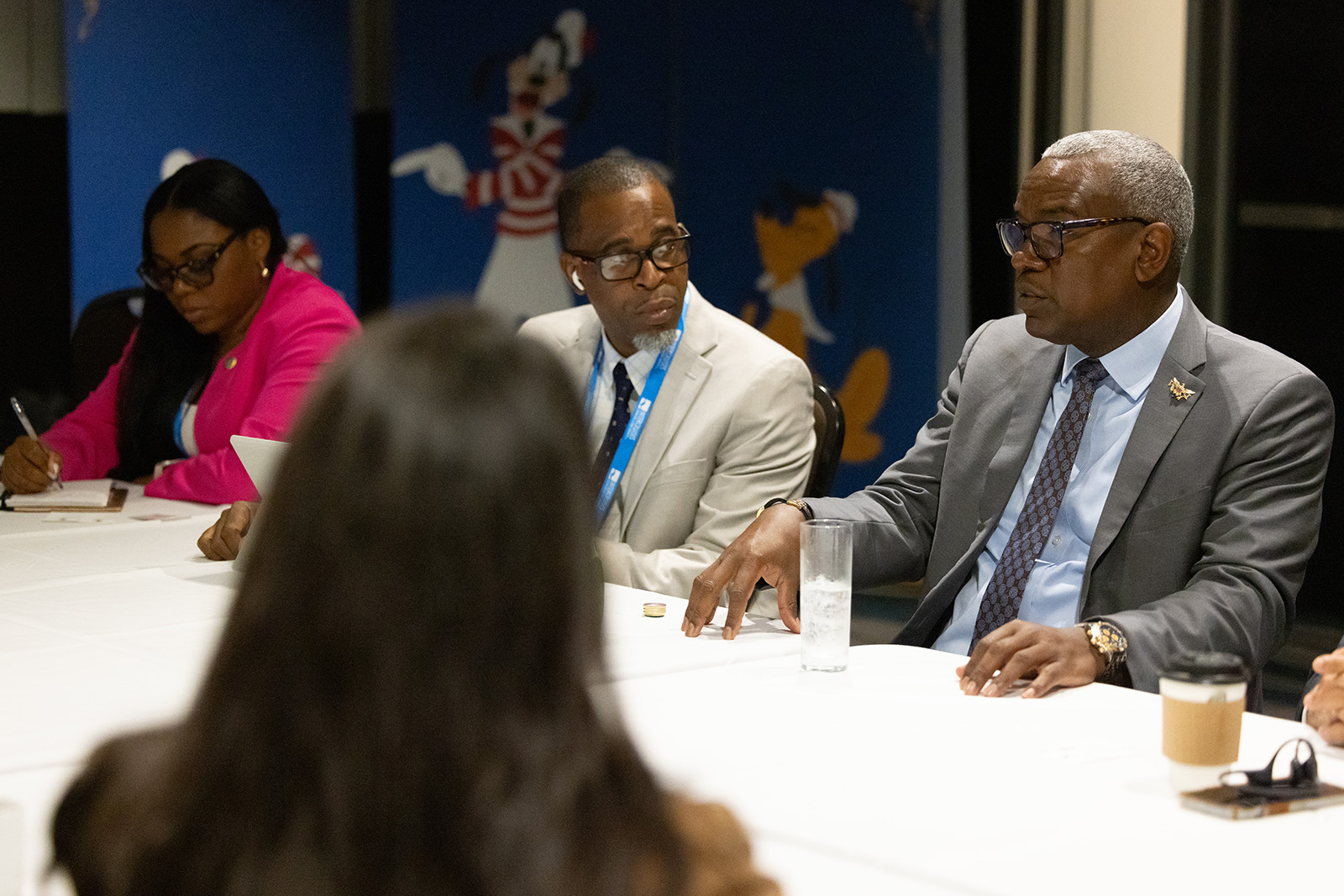
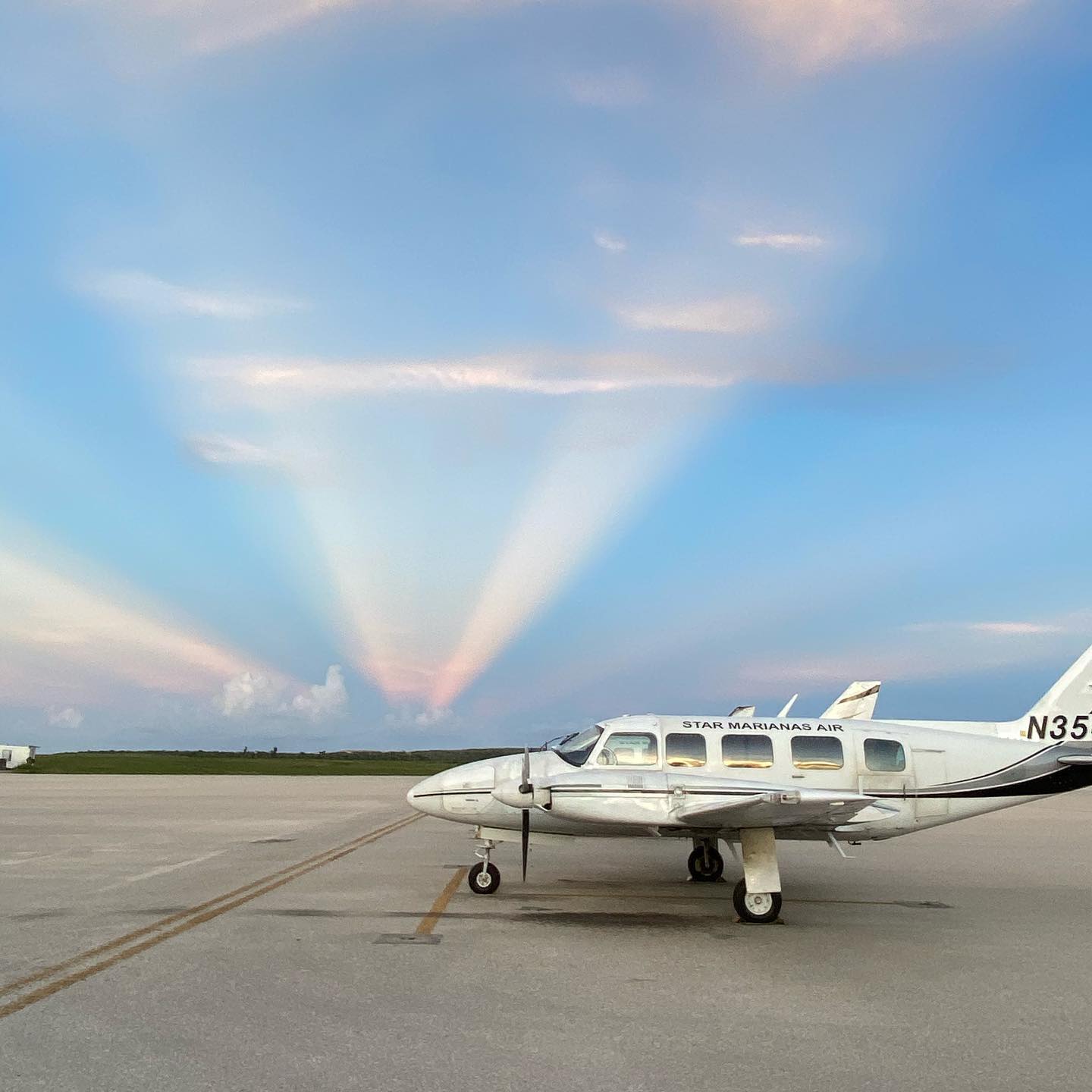



0 Comments